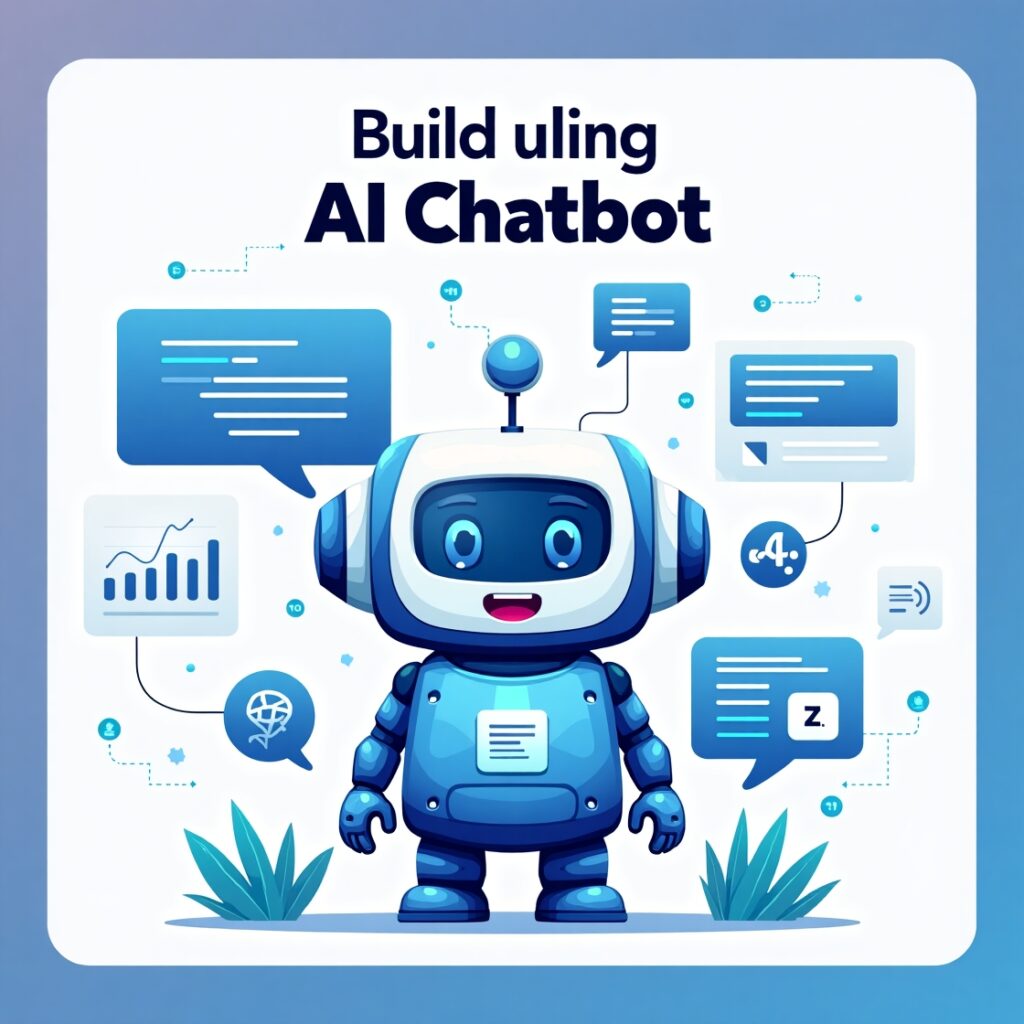Artificial intelligence (AI) technology, developed in the 1950s, enables computers and machines to mimic human intelligence and problem-solving tasks. As we look ahead, the future of AI and medical learning holds immense potential, promising to revolutionize how we diagnose, treat, and understand complex health conditions. By integrating advanced algorithms and vast datasets, AI is poised to transform the medical field, making it more efficient, accurate, and accessible for patients and practitioners alike.
Machine learning (ML) is a branch of artificial intelligence (AI) focused on enabling computers and machines to imitate the way that humans learn, to perform tasks autonomously, and to improve their performance and accuracy through experience and exposure to more data.
AI programs are designed to simulate human perception and understanding. These systems are capable of adapting to new information and responding to changing situations. Machine learning has been used for various scientific and commercial purposes including language translation, image recognition, decision-making, credit scoring, and e-commerce.
In this article we will delve into the progress of artificial intelligence and machine learning:
Progress in artificial intelligence
AI is a multidisciplinary field of computer science that aims to create machines and systems capable of performing tasks requiring human intelligence. It has applications in various fields, such as medical diagnosis, finance, robotics, law, video games, agriculture, and scientific discovery. However, many AI applications are not considered AI due to their widespread use. AI technology gained widespread use in the late 1990s and early 2000s, but was rarely credited for its successes.
Current performance in specific areas
Artificial intelligence (AI) is a general-purpose technology with no consensus on its strengths and weaknesses. Moravec’s paradox suggests humans outperform machines in areas like physical dexterity. While projects like AlphaZero have generated knowledge from scratch, many require large training datasets.
Researcher Andrew Ng suggests that almost anything a typical human can do with less than one second of mental thought can be automated using AI. Games provide a high-profile benchmark for assessing progress, with many having a large professional player base and a competitive rating system.
AlphaGo, a 2016 game, demonstrated AI’s competitive edge over humans, while games of imperfect knowledge present new challenges in game theory. E-sports continue to provide additional benchmarks, with Facebook AI and Deepmind engaging with the StarCraft franchise.
In the 1990s, machine learning (ML) emerged as a distinct field, shifting its focus from artificial intelligence to practical problem-solving, adopting methods from statistics, fuzzy logic, and probability theory, rather than relying on symbolic approaches.
Machine learning and compression are closely connected, with optimal data compression using arithmetic coding and prediction using a compressor. Data compression serves as a benchmark for general intelligence, as compression algorithms map strings into feature space vectors, and compression-based similarity measures compute similarity within these vector spaces. Three representative lossless compression methods, LZW, LZ77, and PPM, are examined for feature vectors.
Data compression reduces file size, improves storage efficiency, and speeds up transmission. K-means clustering partitions datasets into clusters, reducing size and preserving core information. This algorithm is beneficial in image and signal processing, reducing storage space.
Machine learning and data mining are closely related but differ in their focus. Machine learning focuses on prediction based on known properties, while data mining focuses on discovering previously unknown properties in data. Both fields have separate conferences and journals, with machine learning focusing on reproducing known knowledge and data mining on discovering previously unknown knowledge. Machine learning also has ties to optimization, as many learning problems are formulated as minimization of a loss function on a training set of examples.
Characterizing the generalization of various learning algorithms is an active topic of current research, especially for deep learning algorithms.
Machine learning and statistics are closely related but distinct in their primary goal. Statistics draws population inferences from a sample, while machine learning finds generalizable predictive patterns. Machine learning is not built on a pre-structured model but shapes it by detecting underlying patterns. Leo Breiman distinguished two statistical modeling paradigms: data model and algorithmic model, with algorithmic models involving machine learning algorithms like Random Forest.
Conclusion
The future of AI and machine learning is expected to see significant advancements in areas like personalized experiences, advanced automation, improved healthcare diagnostics, autonomous systems, natural language processing, and the development of more robust and explainable AI models, with potential impacts on nearly every industry sector, leading to increased efficiency and innovation.
Read How AI is changing health care: The future of medical innovation





